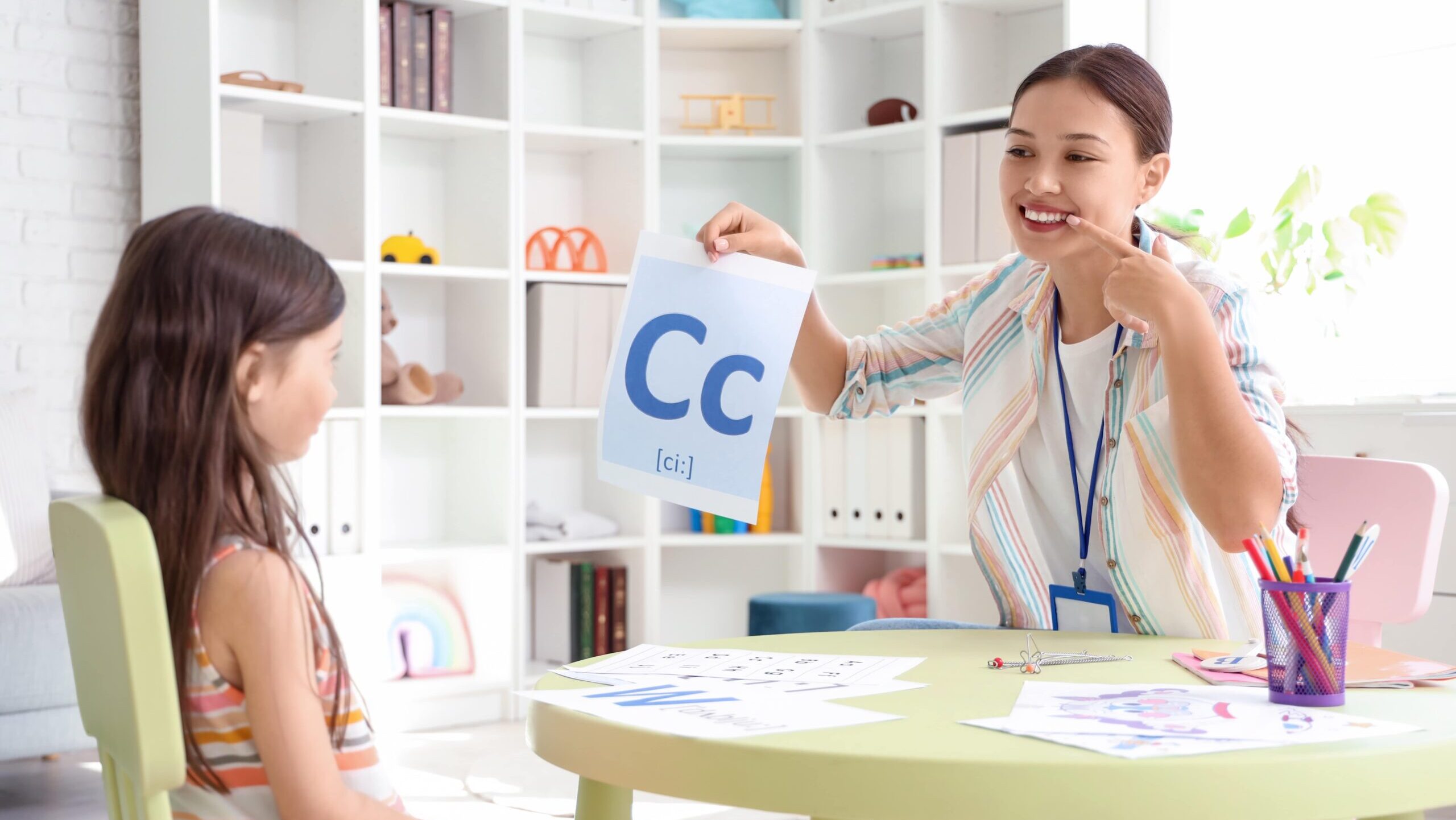Table of Contents
Dyslexia is one of the most common learning disabilities. Dyslexia involves problems processing written and spoken language and may cause an individual to have difficulty reading and writing, and in more severe cases, spelling and speech problems. However, with early and effective intervention, both children and adults can learn ways to manage and ultimately overcome these difficulties. This article provides the top five dyslexia therapy techniques that can help those with this disability realize their potential, discussing their benefits and describing how these specific techniques work.
1. Multisensory Structured Language Education (MSLE)
MSLE is a method used in teaching, especially for MSLE is a multi-sensory approach to reinforcing language skills using many senses. By using visual, auditory, kinesthetic and tactile means to improve neural connections, it appears to be particularly effective for students diagnosed with dyslexia. Students dealing with dyslexia can find ways to access and get information using various senses in MSLE.
Specific Method use in MSLE
Visual Strategies: Using flashcards, charts, and color-coded materials to allow students to identify words and sounds helping them to keep the information in mind.
Auditory Strategies: Employing listening activities with the help of repeating words and sounds, rhymes, and songs to develop phonemic awareness.
Kinesthetic-Tactile Activities: Involve students in making something they can feel to make concrete ideas more precise, such as writing in sand, textured letters, or manipulatives. This multisensory approach could provide a vast linguistic framework for MSLE, making it a signature intervention for dyslexia.

2. Orton-Gillingham Approach to Dyslexia
History and Significance
The Orton-Gillingham approach is a time-tested approach for people with dyslexia; developed in the early 20th century by a neuropsychiatrist, Dr. Samuel Orton, and an educator, Anna Gillingham; it enjoys a long tradition of success in dyslexia therapy.
Core Principles
Structured: An Orton-Gillingham-based system is systematic and sequential. It starts with the very basics of the language and progresses into more advanced material gradually.
Multisensory: Like MSLE, this includes vision, hearing, and touch-movement to engage learning.
Customized individually: For this purpose, each session is meant to fit the learner’s specific needs and their growth towards personal and practical instruction.
Application in Treatment with Both Children and Adults
The Orton-Gillingham method is probably fitted for learners of whatever age. For kids, it is usually made up of playful and captivating activities that perhaps catch an eye, building essential skills. For adults, the approach focuses on concrete applications and real-life situations that help improve their literacy in ways that matter in daily life.
3. Wilson Reading System
Program Overview
The Wilson Reading System is a highly structured literacy program implemented with individuals diagnosed with dyslexia or other reading disabilities. A specially trained teacher delivers it and is effective only when delivered to a highly specialized population of intensive intervention.
Core Components
Direct Instruction: Effective, transparent, and concise instruction in phonemic awareness, decoding, spelling, and other essential knowledge and skills.
Multisensory Techniques: Involving the simultaneous use of various senses to integrate learning and memory.
Progress monitoring: Periodic measurement of a student’s progress using assessment data to adjust instructions, if needed.
Benefits and Outcome
Many studies have validated the Wilson Reading System as resulting in gains in reading accuracy, fluency, and comprehension. It provides a structured route to literacy and, consequently, is helpful for dyslexia therapy.
4. Cognitive and Behavioral Therapies
Cognitive Behavioral Therapy (CBT)
CBT can be applied in dyslexia therapy to manage the emotional and psychological consequences of this disorder. A majority of those affected with dyslexia find it frustrating, cause anxiety, and lose self-esteem as a result, which leads to more deterioration of the issue at hand.
CBT Techniques
Cognitive restructuring: It helps one recognize all the negative thoughts involving the learning capacities.
Behavioral Techniques: Developing coping strategies and positive behaviors to manage stress and anxiety.
Mindfulness and Relaxation: Encouraging relaxation skills, to reduce anxiety and increase concentration.
Influence on Educational Outcome
By improving mental health, CBT enhances overall learning outcomes for individuals with dyslexia. A positive mindset and reduced anxiety levels may lead to increased engagement and practical learning.

5. Personalized Tutoring Programs for Dyslexia Therapy
Importance of Personalized Tutoring
Personalized tutoring is indeed crucial for people with dyslexia, as it is beneficial to provide them with appropriate teaching based on their individual needs and learning styles. One-on-one tutoring allows focusing on individual challenges and strengths, bringing about efficiency and effectiveness in the learning process.
Key Program Components
Individualized Instruction: Attending to each person’s problem by providing immediate feedback.
Customized Lesson Plans: Tailored to the learner’s pace and progression.
Progress Tracking: Periodic reassessments to measure improvements and adapt strategies accordingly.
Programs offered at SBDC
At SBDC There are a In the Singapore Brain Development Centre, personal tutoring is given in literacy skills. These literacy programs, for support of comprehension, communication, and expression, and NEUROFEEDBACK, given support through an advanced technique that develops functions, provide very comprehensive help to dyslexia patients.
Literacy Program at SBDC
Many of the programs at the Singapore Brain Development Centre are in connection with dyslexia therapy techniques, mainly through the Literacy Program. The facility provides the Speech and Language Development Program. This program treats children with dyslexia, with a significant focus on developing the skills involved in reading, writing, listening, and speaking. In this case, their language skills are designed to help them overcome the symptoms caused by dyslexia. This multifaceted approach ensures the one-on-one, targeted treatment students need to improve their literacy skills and overall learning outcomes.
Conclusion
In summary, successful dyslexia intervention is often multifaceted and individualized. Research shows that there are clear benefits to multisensory structured language education, the Orton-Gillingham approach, the Wilson Reading System, cognitive and behavioral therapies, and personalized tutoring programs, and that all can be highly effective tools for helping people develop literacy skills. Consider the resources and support systems available from organizations like the Singapore Brain Development Center (SBDC).

